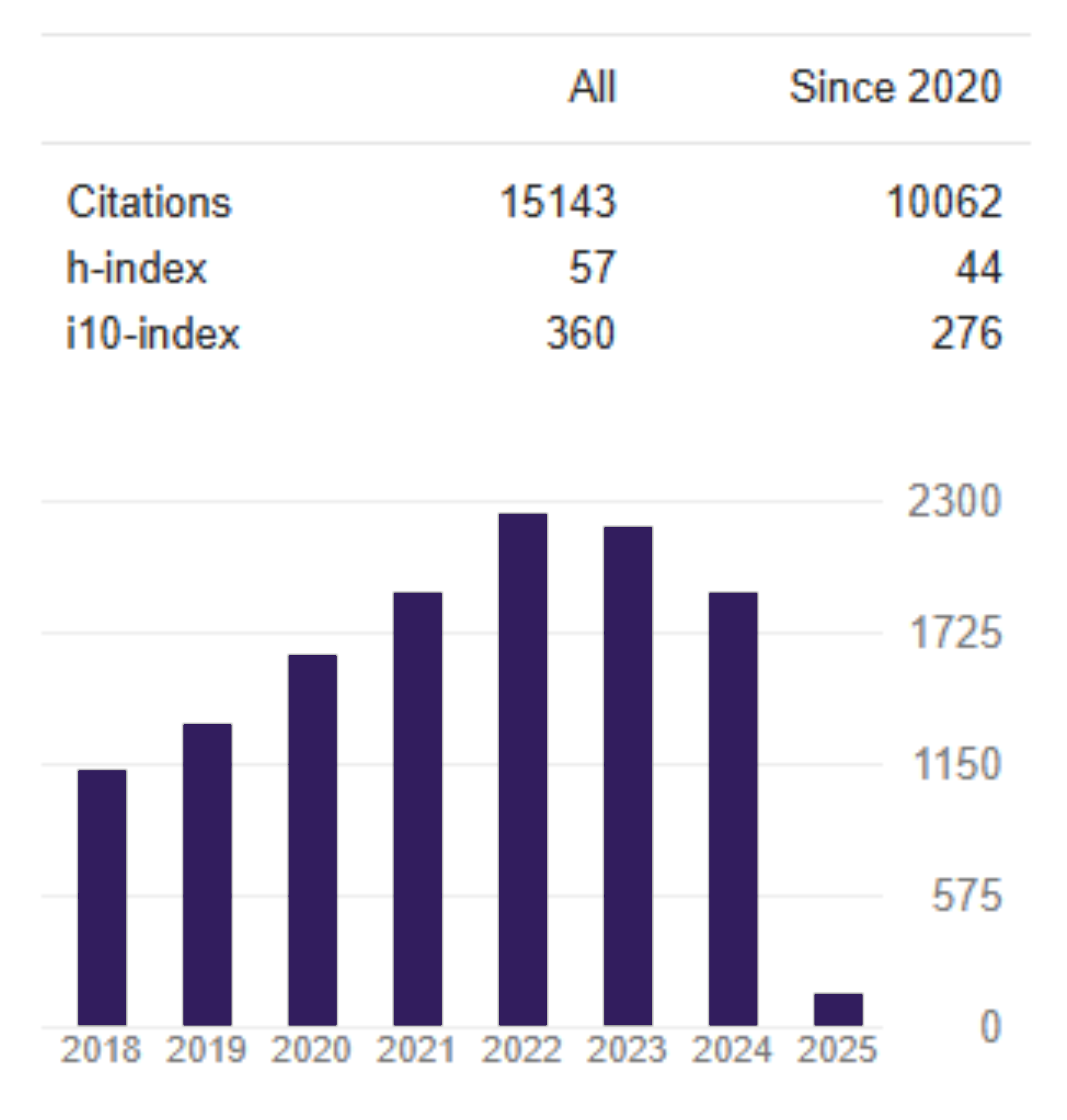The Effect of Capital Working Management on the Profitability
DOI:
https://doi.org/10.26905/jkdp.v22i1.1332Keywords:
Working Capital Management, Days of Sales Outstanding, Days of Sales in Inventory, Days of Payable Outstanding, Return on AssetAbstract
Companies must maintain the sustainability business. In order to keep their existence and competitiveness, companies must increase profitability in every year. It also applies to state fertilizer companies. However, 10 years of history (2005-2014), the state fertilizer company have been facing difficulties in maintaining business sustainability. Profitability fluctuates and tends to decrease every year. One of the causes is inefficient working capital management. The objective of this study is to determine the relationship between working capital management and corporate profitability. To ensure the absence of the influence of unexamined factors, this study uses control variables of firm size, financial leverage, and gross domestic product. This research uses a positivist paradigm with a quantitative approach and multiple regression analysis. The results of this study indicate that state fertilizer companies will be able to increase ROA by accelerating Days of Sales in Inventory and Days of Payables. Higher assets, reduce profitability, and increasing debt withdrawal, which further declines profitability. State fertilizer companies should accelerate inventory turnover and obligation payments to suppliers to minimize the risk of foreign exchange loss, considering that 80% of raw materials are still imported. In addition, state fertilizer should maintain asset quality and minimize debt withdrawal to increase profitability.
JEL Classification: G02; G31
Downloads
References
Akoto, R. K., Awunyo-Vitor, D., & Angmor, P. L. (2013). Working capital management and profitability: Evidence from Ghanaian listed manufacturing firms. Journal of Economics and International Finance, 5(9), 373–379. https://doi.org/10.1007/s40622-014-0043-3.
Attari, M. A., & Raza, K. (2012). The optimal relationship of cash conversion cycle with firm size and profitability. International Journal of Academic Research in Business and Social Sciences, 2(4), 189–203.
Aviliani, Siregar, H., Maulana, T. N. A., & Hasanah, H. (2015). the Impact of macroeconomic condition on the bank’s performance in Indonesia. Buletin Ekonomi Moneter dan Perbankan, 17(4), 24.
Bilal, M., Saeed, A., Gull, A. A., & Akram, T. (2013). Influence of bank-specific and macroeconomic factors on profitability of commercial banks: A case study of Pakistan. Research Journal of Finance and Accounting, 4(2), 2222–2847.
Brealey, R., & Mayers, S. (2003). Principles of Corporate Finance. McGraw-Hill.
Brigham, E. F., & Houston, J. F. (2007). Fundamentals of Financial Management (Dasar-Dasar Manajemen Keuangan).
Cristea, C., & Cristea, M. (2016). The impact of the working capital management on firm profitability in the Romanian manufacturing industry. Annals of The Oradea University. Fascicle of Management and Technological Engineering, XXV(2), 107–110. https://doi.org/10.15660/AUOFMTE.2016-2.3228.
Deloof, M. (2003). Does working capital management affects profitability of Belgian firms? Journal of Business Finance and Accounting, 30(3), 573–587. https://doi.org/10.1111/1468-5957.00008.
Eljelly, A. M. A. (2004). Liquidity †profitability tradeoff: An empirical investigation in an emerging market. International Journal of Commerce and Management, 14(2), 48–61. https://doi.org/10.1108/10569210480000179.
Karaduman, H. A., Akbas, H. E., Ozsozgun, A., & Durer, S. (2010). Effects of working capital management on profitability: The case for selected companies in the Istanbul stock exchange (2005- 2008).
International Journal of Economics and Finance Studies, 2(2), 48–54.
Komara, A., Hartoyo, S., & Andati, T. (2016). Analisis pengaruh struktur modal terhadap kinerja keuangan perusahaan. Jurnal Keuangan dan Perbankan, 20(40), 10–21.
Martani, D., & Khairurizka, R. (2009). The effect of financial ratios, firm size, and cash flow from operating activities in the interim report to the stock return. Serial Chinese Business Review, 8(6), 1537–1506.
Muhammad, M., Jan, W., & Ullah, K. (2012). Working capital management and profitability an analysis of firms of textile industry of Pakistan. Journal of Managerial Sciences, 6(2), 155–165.
Napompech, K. (2012). Effects of working capital management on the profitability of Thai listed firms. International Journal of Trade, Economics & Finance, 3(3), 227–232.
Quayyum, S. T. (2011). Effects of working capital management and liquidity: Evidence from the cement industry of Bangladesh. Journal of Business and Technology (Dhaka), 4(1), 37–47.
Shahzad, F., Fareed, Z., & Zulfiqar, B. (2015). Impact of working capital management on firm's profitability: A case study of cement industry of Pakistan. European Researcher, 91(2), 86–93. https://doi.org/10.13187/er.2015.91.86.
Singh, H. P., Kumar, S., & Colombage, S. (2017). Working capital management and firm profitability: A meta-analysis. Qualitative Research in Financial Markets, 9(1), 34–47. https://doi.org/10.1108/QRFM-06-2016-0018.
Srairi, S. A. (2009). Factors influencing the profitability of conventional and Islamic commercial banks in GCC countries. Review of Islamic Economics, 13(1), 5–30. https://doi.org/10.1007/s11123-009-0161-7.
Tu, T. T. K., Tu, T. T. K., & Nguyen, U. T. U. (2012). Relationship between working capital management and profitability – empirical evidence from Vietnamese listed firms.
Wijaya, R. (2017). Kinerja keuangan dan ukuran perusahaan terhadap harga saham dengan kebijakan dividen sebagai variabel intervening. Jurnal Keuangan dan Perbankan, 21(3), 459–472.
Downloads
Published
Issue
Section
License

This work is licensed under a Creative Commons Attribution-ShareAlike 4.0 International License.



